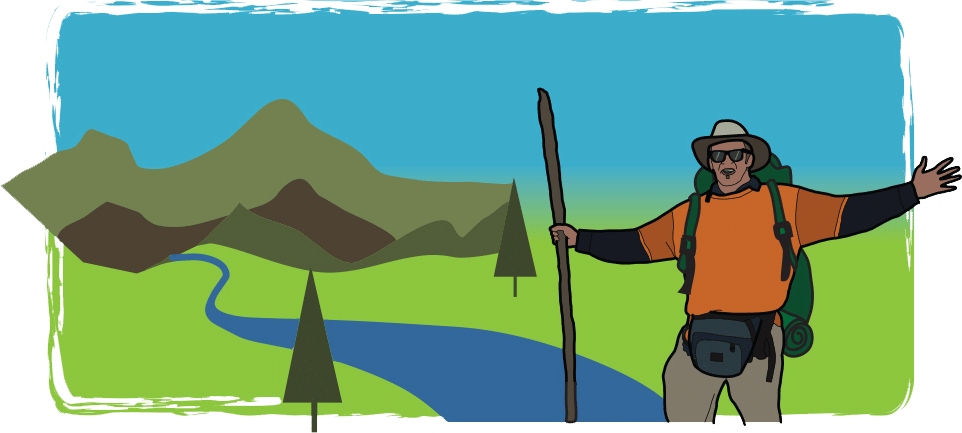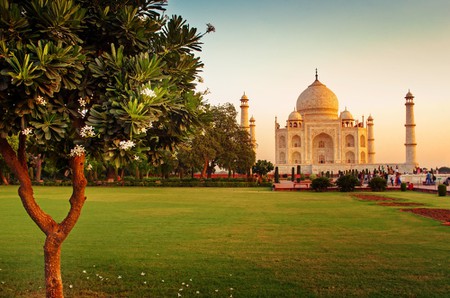India is a very popular tourist destination where visitors can live many adventures and unforgettable experiences, from seeing elephants and tigers in the wild to hiking in the jungle and exploring world-class archaeological sites. There is also space to relax and enjoy life’s pleasures: India is home to one of the finest and most famous cuisines in the world.
Sure, the Indian territory is vast and different areas present different climates and even seasons. That is why figuring out the best time of the year to visit India can be challenging.
This article will help you clear things up, covering topics such as temperature and humidity but also festivals and cultural events. This should allow you to plan properly before booking a flight to India.
The Indian Climate
There is no such thing as one Indian climate due to the geographical vastness and variety of the country. In general, you can expect the south to be warmer than the north and for much of the nation to be affected by monsoonal events.
The climate in India includes a variety of climatic regions. The main 4 are:
● Tropical wet (most of inland peninsular India and the Ganges Delta)
● Arid and semi-arid (Karnataka, inland Tamil Nadu, western Andhra Pradesh, central Maharashtra, western Rajasthan, and the Punjab-Haryana-Kathiawar region)
● Subtropical humid (northeast and northern India)
● Mountain (the most northern part of India and the Himalayas)
When to Visit Different Indian Regions
As we have seen, there is no one-fits-all rule for traveling to India. When to travel will depend largely on where you want to go and what you want to do. Different itineraries will work best during different seasons.
Find below a short guide to popular Indian regions and when to visit them.
The Himalayas can present very harsh conditions depending on the time of the year you visit. The extreme cold and winds may make it difficult to enjoy your hike and ensure safety. Hikers should prefer to travel from March onwards, when the weather is gentler. Keep in mind that August and September are peak season.
Goa, Delhi, and central India are home to some of the country’s most famous landmarks and attractions such as the Taj Mahal. The best time to come here is between November and March as the cool and dry season keeps temperatures bearable. Although it may be counterintuitive for Western tourists to go to the beach during the winter months, remember that temperatures in Goa will be warm all year round (yes, you will be able to swim) and that summer often brings heavy rains.
Mumbai and the surrounding area are warm all year round. Here, you will be able to explore one of India’s most iconic cities with many historic buildings, landmarks, and temples. It is advisable to avoid the rainy months between June and August.
The region of Kerala is a favorite among local and international tourists alike as it features stunning beach holiday locations as well as lush vegetation and one of the best regional cuisines in India. Being in the southern part of the country, Kerala is affected by monsoons. Come here in spring, when the weather is hot and dry.
The Best Indian Festivals
The weather is not the only factor to consider when planning your Indian adventure. There are some events that can only be enjoyed at specific times and Indian festivals are among the most incredible and unmissable in the world.
Here is a list:
● Diwali, or the festival of lights, runs in late October or early November. This is considered India’s biggest festival, with great religious significance. Cities are decorated with stunning lights, flowers, and fireworks and the celebrations go on for days.
● Holi has become one of the most internationally renowned festivals of India in recent years. The most famous aspect of the festivities is the throwing of colored powders above the head of festival-goers. However, there are also parades and communal prayers, and the significance of the celebrations is the victory of good over evil. You can experience Holi in March.
● A favorite for the whole family, the Jaipur kite festival falls in January. This is when the sky of Jaipur becomes covered in countless colorful kites as far as the eye can see. You will not only find kids but also parents and grandparents all having fun outside with the kites.
These are just a few examples. Society in India is varied and multicultural and there are tens of celebrations and festivities that visitors can enjoy. Most are fun and kid-friendly times where the whole community comes together. However, it is best to do some research before attending as there are some rituals that involve the slaughtering of animals and other practices that may not be appropriate for kids.









